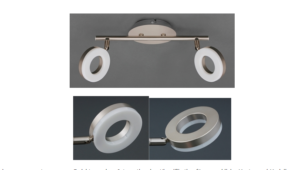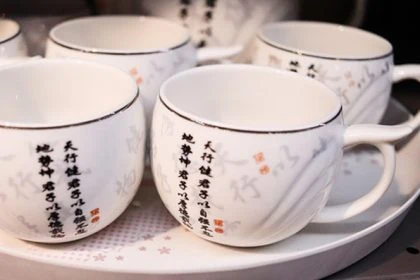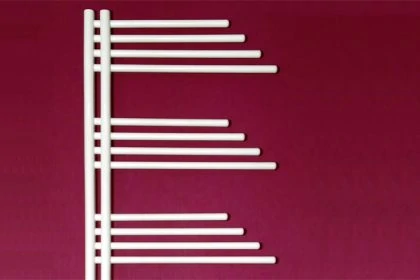The fact that individual features of an earlier design are known in advance does not preclude the individual character of a more recent design. In the nullity proceedings, the European Court ruled on two luminaires and specified the degree of freedom of the designer and the individual character of a design.
Peculiarity of a design

In its judgment, the Court of Justice of the European Union (CJEU) pointed out that the individual character of a design exists if a consumer does not perceive a “déjà vu” in relation to the existing design treasure. What is decisive is that there is a difference in the overall impression, whereby differences which go beyond insignificant details but which are nevertheless too weak to influence the overall impression are also ignored (Puma [jumping cat of prey], T-666/11). The Court further pointed out that a general design trend is irrelevant for the assessment of individual character.
Characteristics of the design contested were known beforehand

The applicant, Eglo Leuchten GmbH (Austria), filed an application for a declaration of invalidity against a Community design of luminaires filed in 2014 by the intervener Briloner Leuchten GmbH & Co. KG (Germany) in 2014.
The applicant claimed that the contested design lacked individual character within the meaning of Article 6 of Regulation No 6/2002. In 2008, the applicant itself developed a so-called ring luminaire, which was clearly different from the then known luminaire designs. Many features of the contested design were therefore known beforehand.
The Cancellation Division of the EUIPO followed this reasoning and declared the contested design invalid, but the Board of Appeal annulled this decision and dismissed the application for a declaration of invalidity (contested decision, 26 September 2017). The differences between the conflicting designs were sufficient for a different overall impression, the Board of Appeal stated.
Degree of freedom of the designer
This view was confirmed by the CFI in its judgment. The more limited the freedom of the designer in developing the design, the more small differences between the compared designs are sufficient to create a different overall impression on the informed user, the Court clarified. The degree of freedom of the designer with regard to the fixing device, the lampholder and the number and arrangement of the lamp heads, as in the present case, is only average. However, the designer’s freedom of design is not, in principle, subject to any restrictions as regards the design of the lampholders and the fixing devices.
New applicant for the design wins
Both luminaire designs have a ring-shaped luminaire head, but there are visible differences in the inside of these rings. The design in dispute also has a device for fixing it to the ceiling, but the earlier design does not. The CFI ruled that the visible features of the conflicting designs therefore exhibit considerable differences and produce a different overall impression.
Would you also like to protect your design or trademark?
Then please do not hesitate to contact us. Our patent attorneys and attorneys at law are experienced and highly qualified in all areas of intellectual property law, both nationally and internationally.
Request your call-back without any obligations!
Source for text and pictures:








Leave a Reply